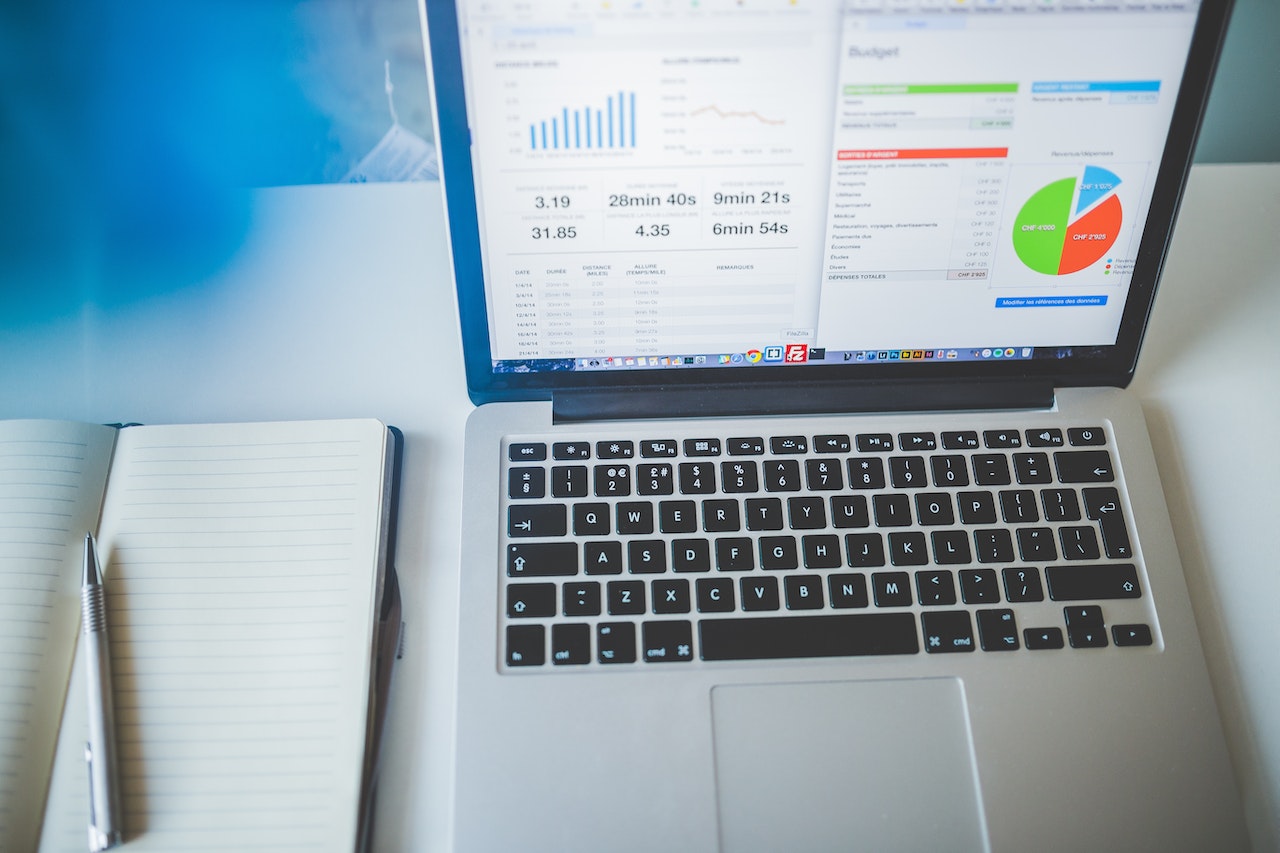Revenue Management Systems – The Key to Unlocking Your Business Potential
A revenue management system (RMS) is a data-driven tool that helps hoteliers optimize pricing and forecast. Typically, these tools collect internal and historical data and external data that impact demand, such as competitor rates, flight data, weather patterns, and the economy.
An ideal RMS should also include intelligent reporting. This means that the tool should be able to quickly create and share essential reports with team members, giving them more time to focus on strategy.
Contents
Increased Revenue
One of the primary purposes of Revenue Management is to increase your business’s overall results and revenue. You use data to make decisions and implement strategic adjustments that maximize results. To successfully grow your payments, you must keep up with and understand your market. This means closely monitoring your competition and analyzing comp set and internal (PMS) data in real time to maximize your pricing.
A good RMS will automate the processes of obtaining and processing this data. At a predetermined time each day, your data will be retrieved, compiled into an easy-to-read report, and delivered directly to your inbox. This makes it easy for your revenue manager to review and interpret the data and update rates across all channels in real time.
When your prices are optimized and competitive, you can increase customer satisfaction levels, as customers can find what they want at a price they’re willing to pay. This will also help to reduce your overall operating expenses.
Another way that a revenue management system can help to increase your business’s revenue is by improving the profitability of each product. This is done by analyzing historical sales data and comparing it to current market conditions. This allows businesses to determine the optimal profit for each product and then adjust their inventory accordingly.
Increased Profits
Whether you run a hotel, resort, software, or technology company or offer tangible goods as a service, revenue management systems help you boost your bottom line by improving profitability through data-driven strategies that maximize your inventory, reduce costs, and optimize pricing. Revenue management systems collect detailed information about your products and services, customers, calendars, and the competitive market. They can also ingest external data such as competitor rates, flight information, weather patterns, and economic trends to develop dynamic recommendations that help you stay competitive.
You can optimize your distribution strategy for better performance by using the forecasting results generated by your revenue management system. Choosing the right mix of distribution channels allows you to balance occupancy and revenue maximization. You can determine the optimal room rate across all channels using the price sensitivity metrics provided by your RMS.
The success of your revenue management process depends on high-quality data. Ensure your revenue management tool integrates with your PMS, channel manager, and booking engine for more accuracy. It should also provide intelligent reporting to easily build, share, and export critical reports. This gives you more time to focus on the strategic operations of your business. Syncing your CRM and accounting with your revenue management tool helps you track recognized and deferred revenues in real time, comply with the new ASC 606 & IFRS 15 standards, automate calculations, and reduce your period-end close.
Enhanced Customer Service
As we all know, customers are the lifeblood of any business. Revenue management strategies help companies meet customer demands and provide the right product and service at the right time and price. By increasing customer satisfaction and loyalty, revenue growth is accelerated, and profits are boosted.
Whether you define it very simply (selling the right product to the right customer, at the right price, through the right channel) or in more complex terms like “leveraging consumer willingness to pay,” revenue management is critical to any successful business. Large and small companies use this technology to gain knowledge about their market, predict consumer demand, and then make pricing decisions to improve their bottom line.
Modern revenue management systems analyze internal data via integration with the PMS, CRS, and booking engine, along with crucial external information that impacts demand, including competitor rates, flight data, weather patterns, and economic factors. These sophisticated analytics allow revenue managers to optimize real-time room rates for market segments and channels, maximizing RevPar and profits.
The best hotel revenue management systems also empower revenue managers to be more flexible and creative, moving beyond manual pricing spreadsheets to more strategically focus on developing longer-term pricing strategies. This allows them to spend more time with marketing, sales, and front-office to create relationships that will drive long-term success for their business.
Improved Inventory Management
A revenue management system is a great way to boost your business performance by increasing profits and optimizing your inventory. It’s a technique that enables you to promote your services most effectively, all while improving customer satisfaction and cutting operational costs.
With a top-rated RMS, you can collect all the necessary data to make informed strategic decisions that generate maximum revenue for your hotel. You can anticipate demand and create the correct pricing and distribution strategy by analyzing real-time performance data. This helps you balance occupancy and ADR, resulting in higher revenues and improved profitability.
A top-rated RMS can forecast demand, price rooms accordingly, and manage bookings through online travel agencies and third-party platforms. It can also help your guests book activities, such as dining or spa services, and even offer branded products, such as towels or soap.
Typically, a revenue management system collects internal data from your property management system and channel manager and important external information such as weather patterns, competitor rates, and flight information. Advanced techniques can utilize various pricing strategies, including open pricing, to optimize rates for different segments and room types. Some also use machine learning and automation to deliver a more personalized customer experience.

